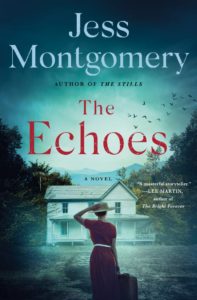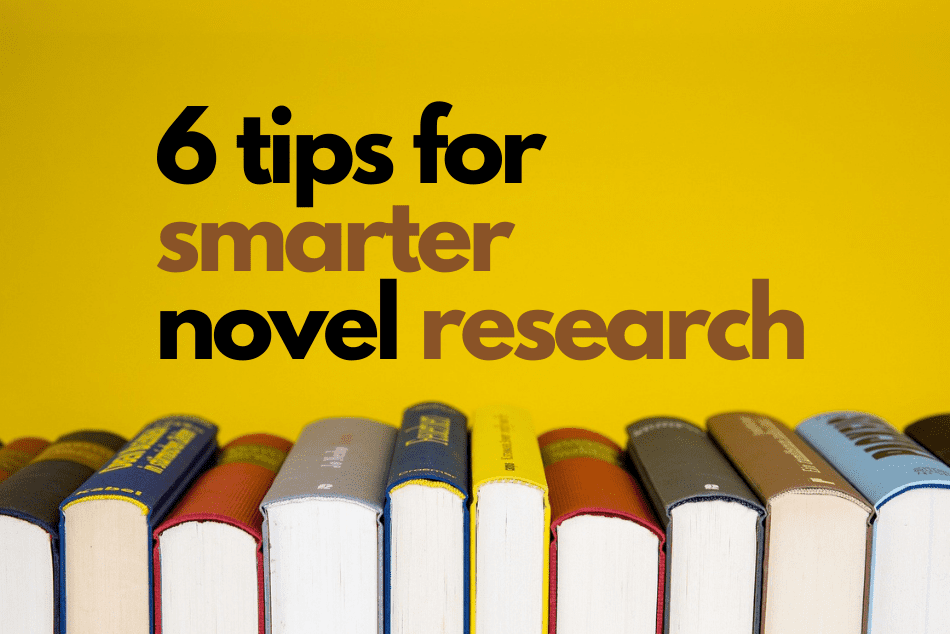by Jess Montgomery
When people ask me how I research my Kinship Historical Mysteries—inspired by Ohio’s true first female sheriff in 1925—I share the following anecdote.
When I was drafting The Widows (Book 1 of the series), my husband asked me during an evening stroll how the writing was going.
“Oh, it’s so hard right now!” I exclaimed.
“Character motivation? Plot snarls?” he asked. (Note: He’s a statistician, not a writer. But whereas I have picked up nothing from him about statistics over the course of our marriage, he’s learned a bit of writerly lingo.)
“No, no,” I replied. “I spent all day trying to figure out exactly what kind of egg beater Sheriff Lily would have used back in 1925!”
A long pause ensued.
And then Dear Husband gently asked… “Couldn’t she have used… a fork?”
I share this anecdote to illustrate how easy it is to get caught up in researching details, or even to use research as a way to procrastinate actually, well, writing.
Properly researched details do matter in every genre, whether you’re writing historical or contemporary fiction. But remember—you’re a fiction writer, not a professional researcher. So how can you thoroughly research your novel’s background without sabotaging your precious writing time and energy?
Try these tips:
-
Prioritize.
Before you start researching, make a list of what you believe you actually need to know for your project. Some items will ultimately get tossed aside as you write, but that’s fine: Other research topics will introduce themselves as your story develops. Let’s say you’re writing a contemporary romance in which a couple meets in a health counseling class for people with Type II diabetes. Right away you know that you need to know about current standards of care, but not about the history of diabetes.
-
Start general—but not too general.
For our example, you’d want to have the sky-high view of the difference between Type I and Type II diabetes, but you don’t need to know much more than that about Type I. Nor do you need to know every possible nuance about Type II, or read all the current research on the topic. Perhaps all you need is a few hours on the American Diabetes Association website.
-
Get real.
As you draft or brainstorm or plot, you’ll realize that you may need some very specific answers to bring your scenes to life. Again, make a list of those specific research questions. Perhaps you want to know how often a Diabetes Type II class meets, because this will help you figure out the timeline of your story. But again, you don’t need to know everything about every variation of these classes. You could interview a friend or relative who’ve been in such a class for insight. Don’t know anyone whose been in a class like this? Put out a call on social media to see who might be willing to chat with you for an hour or so. As your friends if they know anyone who has likely been in such a class (one of them most likely will.)
-
Find shortcuts.
Books and interviews are great research options, and you’ll likely need to rely on them at least to some degree as you research. But you can also get creative with research short cuts that will yield big results, but more efficiently:
- Perhaps one of the characters in your novel lives in her grandmother’s house, and it hasn’t been updated since the 1960s. Take a look at eBay to find retro or vintage furniture or appliances (yes, even egg beaters). Or visit an antique shop for visual reminders of how clothing, furniture, decor and so on looked in past eras.
- Similarly, look at old advertisements. Use a search engine, or visit your library to find archived old newspapers (ideally in the area of your setting). I learned so much about what would have been available—and would not have been available—for my characters in the Kinship series just from looking at 1920s newspapers from southeastern Ohio. You can also learn about attitudes and societal expectations from advertisements.
- Sites like Weather Underground can help you with weather for a specific place and time.
- Looking for authentic names? Those can vary depending on a character’s age. Take a look at the Social Security Administration’s baby names site. You can discover the popularity of names from 1879 onward!
- Museums are a great source of information. If you are writing an historical story, consider visiting the historical society for the area you’re writing about. If it’s far from you, find the museum or society’s website. If your questions aren’t answered there, contact the organization and see if you can set up a phone, Zoom or Skype interview.
-
Just ask.
Speaking of interviews… subject matter experts exist for any subject you can think of. And most experts love to share their expertise. Interviewing an expert is an efficient way to get all the information you’ll need—and then some. Don’t be shy! But do:
- Remember to do your general research first. For example, if you do realize you need to talk to an endocrinologist for more insight into your diabetic characters, be sure you already know the basics. You don’t want to waste time, or turn off your interviewee, by asking questions you could quickly find with your own online research (for example, the basic difference between Type I and Type II Diabetes).
- Explain to your interviewee why you need this information, and prepare a list of specific questions. But be equally prepared to listen. Sometimes your interviewee can surprise you with information or insights you didn’t realize you needed. You don’t want to be so intent on getting through your list of questions that you miss great surprising gems you can later work into your novel.
- Be sure to follow up your interview with a thank-you note. It’s polite, of course, but you may also realize you need additional information later.
-
Keep going.
As you write, remember to stay connected with the joy of your project. Don’t get so entangled in research details that you lose sight of that. To keep your momentum going, it is fine to include notes in your draft margin, or in parentheses, about what you don’t know or are unsure about.
By the way, on a research quest at an antique store to get visuals of 1920s furniture, I spotted on a shelf a 1920s eggbeater. Dear reader, I bought it. Not, mind you, to beat eggs. It sits on my shelf in my home office to remind me to take research seriously but keep it in perspective and balance with my writing time and energy.

 Jess Montgomery is the author of the Kinship Historical Mysteries, set in 1920s Appalachian Ohio and inspired by Ohio’s true first female sheriff. The latest, The Echoes, is newly available. Under her given name, she writes the “Level Up Your (Writing) Life” column for Writer’s Digest. She has been a Literary Life columnist for the Dayton Daily News, a three-time recipient of the Individual Excellence Award in Literary Arts from Ohio Arts Council, a two-time recipient of the Montgomery County (Ohio) Arts & Cultural District (MCAD) Artist Opportunity Grant, and a John E. Nance Writer in Residence at Thurber House.
Jess Montgomery is the author of the Kinship Historical Mysteries, set in 1920s Appalachian Ohio and inspired by Ohio’s true first female sheriff. The latest, The Echoes, is newly available. Under her given name, she writes the “Level Up Your (Writing) Life” column for Writer’s Digest. She has been a Literary Life columnist for the Dayton Daily News, a three-time recipient of the Individual Excellence Award in Literary Arts from Ohio Arts Council, a two-time recipient of the Montgomery County (Ohio) Arts & Cultural District (MCAD) Artist Opportunity Grant, and a John E. Nance Writer in Residence at Thurber House.





